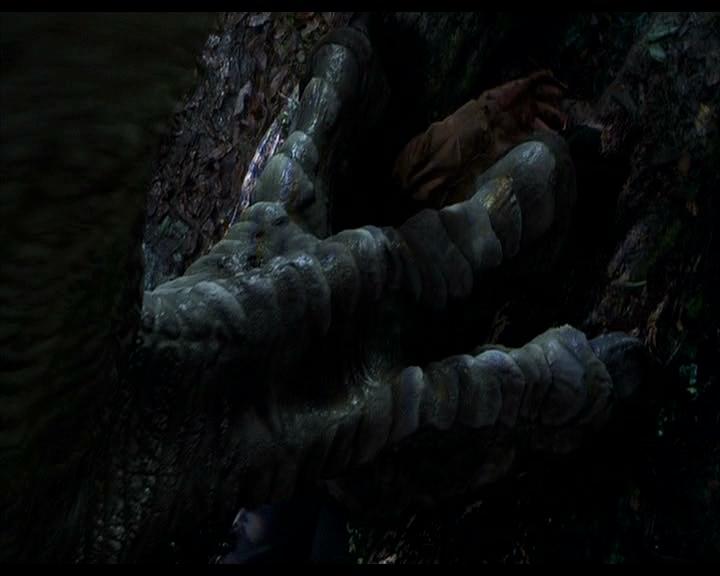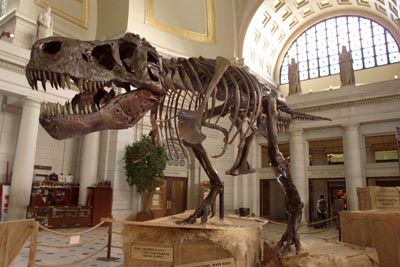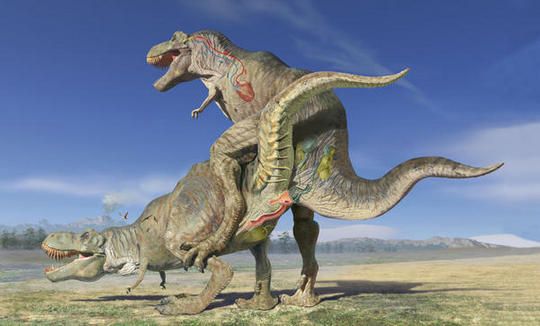The origin of bird flight is one of the greatest stories evolution has ever told us in the history of life on this planet. To imagine how organisms that once ran around on the ground have descendants that soar through the skies is truly phenomenal, and represents a truly great leap in increasing the awesomeness of these animals. The secret of how it came about though is hidden away in the fossil record, with the mysterious tale ever-shifting as our understanding of early birds and feather precursors evolved.
Your track or mine?
How do you tell between different dinosaurs, when you don’t have any dinosaurs? Trace fossils, like footprints, are ghosts of dinosaurs past, remnants of life entombed within the rocks. Palaeontologists and ichnologists (scientists who study trace fossils, not fish) often used to get confused by the question of matching a dinosaur track to its maker. Dinosaur tracks are known from multiple localities all around the globe, but figuring out exactly which dinosaurs made them, or even what type of dinosaur, has always been a mystery. How do you tell the difference? A classic example of this uncertainty is between the tracks of ornithopod and theropod dinosaurs – both groups walked on two feet (bipedal, mostly – some ornithopods were variably quadrupedal), had the same size ranges, were clawed, and had three front toes (mostly). This means that often, the trackways looked quite similar, not just in terms of gross morphology, but also in the stride length, which tells us about how fast an animal was moving at the time.

Sometimes, the trackmaker can be a little easier to identify.. Source
Theropod dinosaurs were waaay more diverse than previously thought
Dinosaurs! What image sprang to your mind then? There’s a reasonable chance, I’d hazard, that your brain just conjured an image of ferocious Tyrannosaurus rex, a nimble and intelligent Velociraptor mongoliensis, or any one of the other meat-eating theropods, notoriously infamous thanks to a certain eccentric millionaire with a passion for splicing genes. These two species of dinosaur are pretty well known to both pop culture and science, and have many fantastic skeletons to represent their iconic names. But not all of our dinosaury friends are so lucky. Theropods (the mostly meat-eating ones, including modern birds) often shed teeth during feeding, or through ‘playing’ with each other or even possible displays of dominance during periods of courtship (much like an average night at most clubs). Either way, it means that many of the fossil remnants from the Mesozoic era we have of extinct theropods are actually just teeth!

What I guess people think of when they think of dinosaurs. Source.
Gender confusion in Confuciusornis? Not any more!
Among the many issues with the fossil record is the case of gender identification. In modern organisms, it is usually pretty easy to tell which members of a particular species are the males and which are the females. This can either be through consistently perving on them to figure it out during copulation, or some aspect of their morphology, such as antlers, or you know, a penis or vagina. When it comes to fossil though, we often don’t find these typical gender-distinctive aspects of morphology preserved, as they are usually lost in one form or another to the ravages of time and the process of fossilisation.

